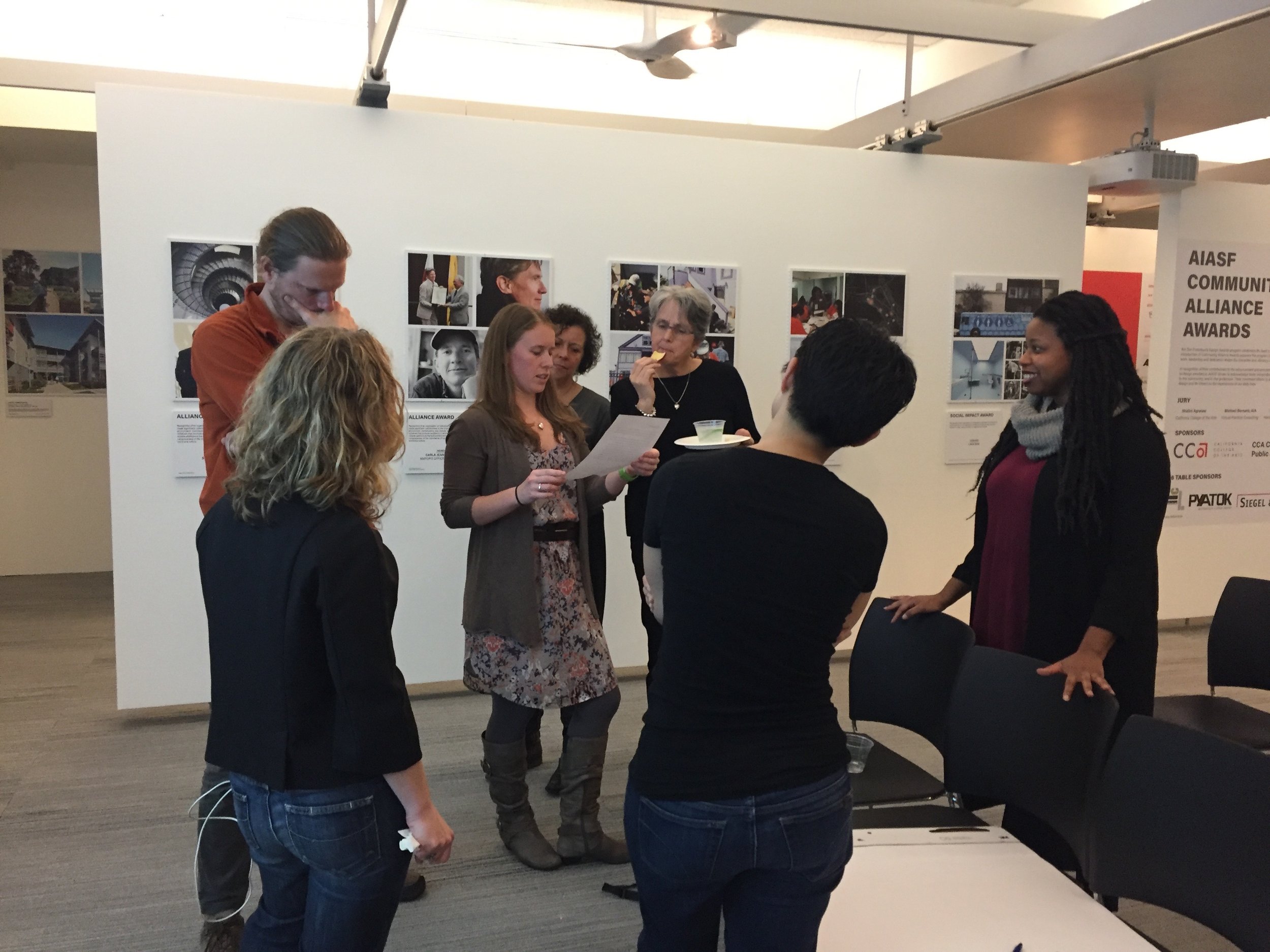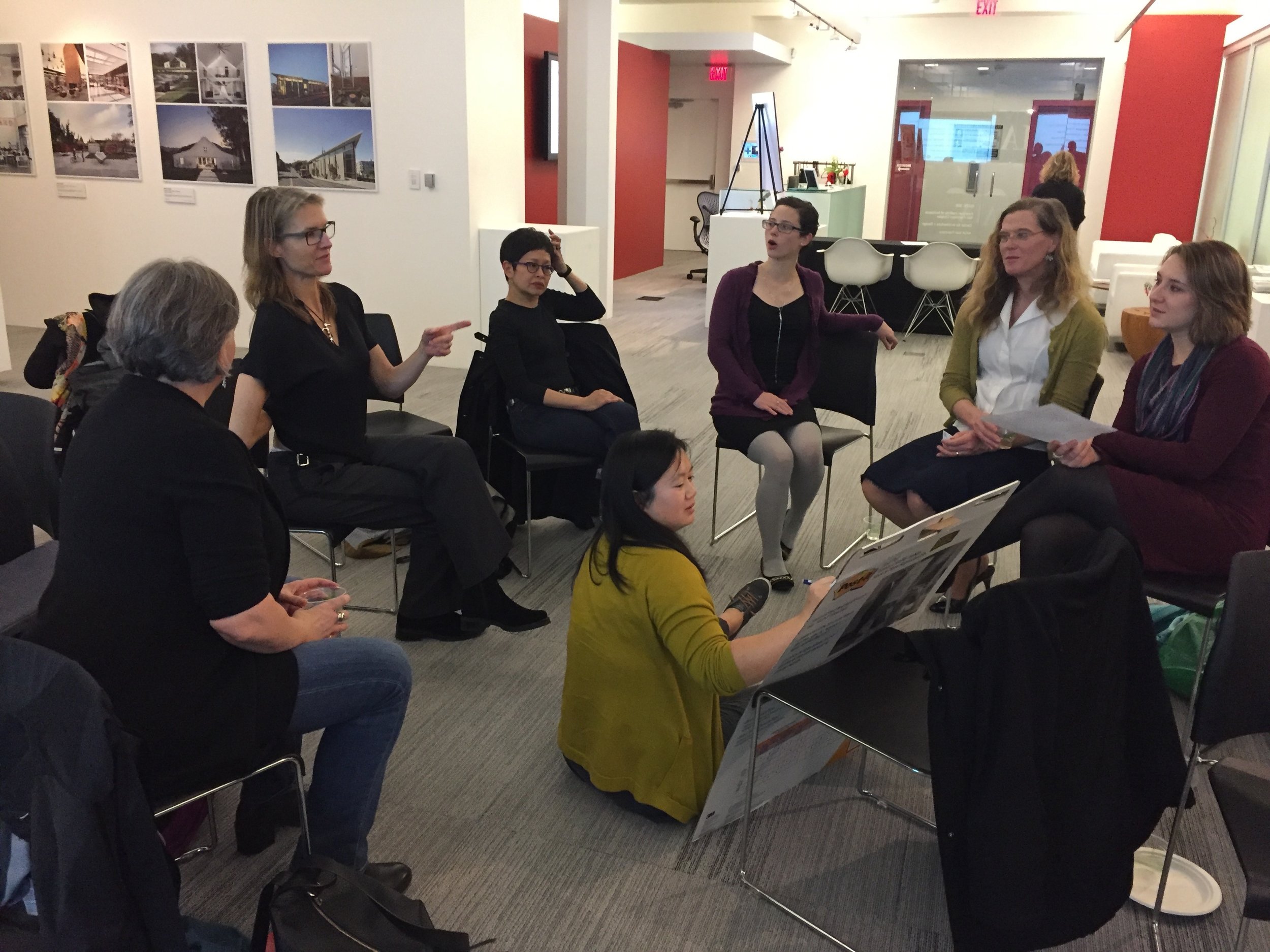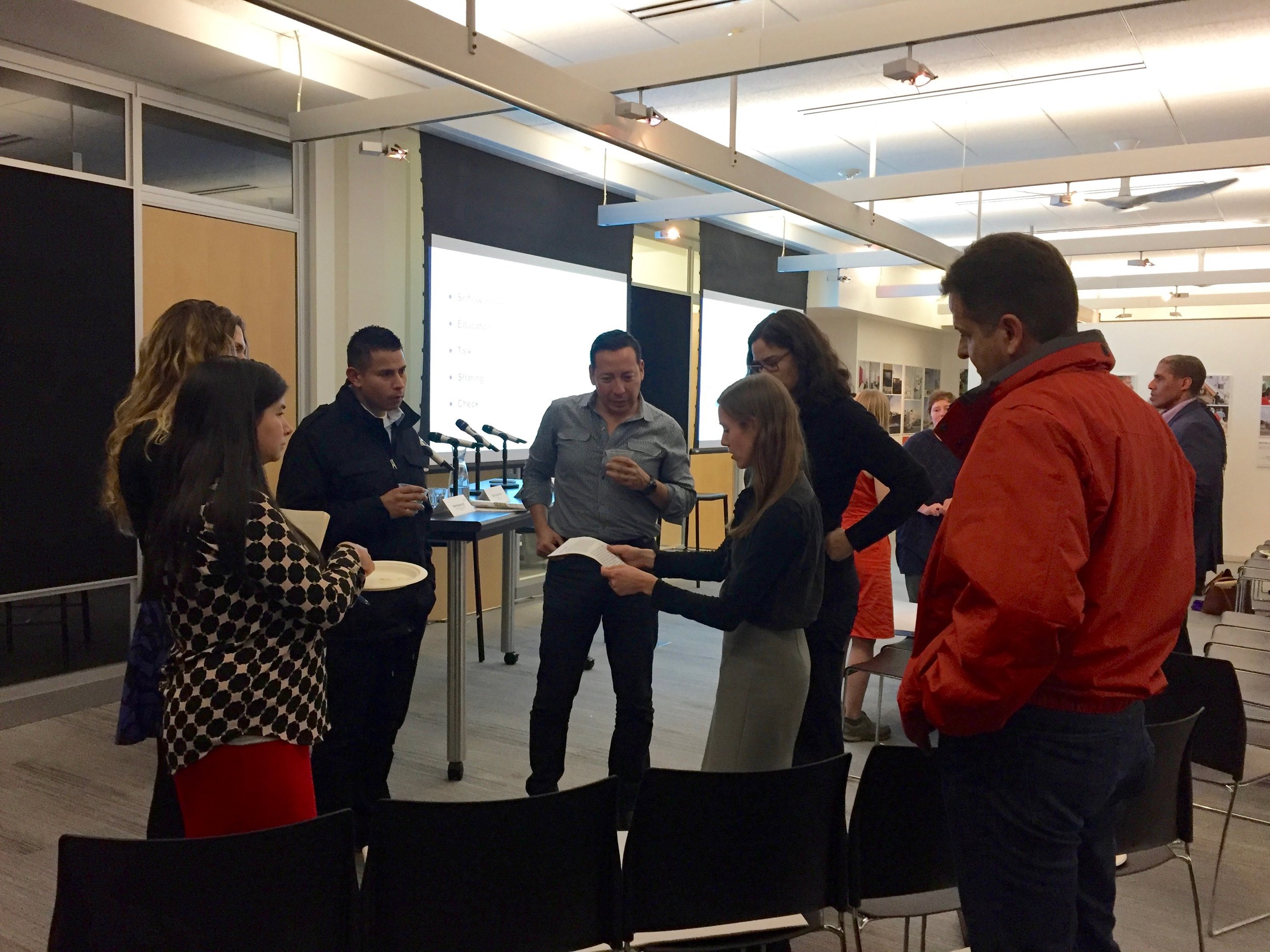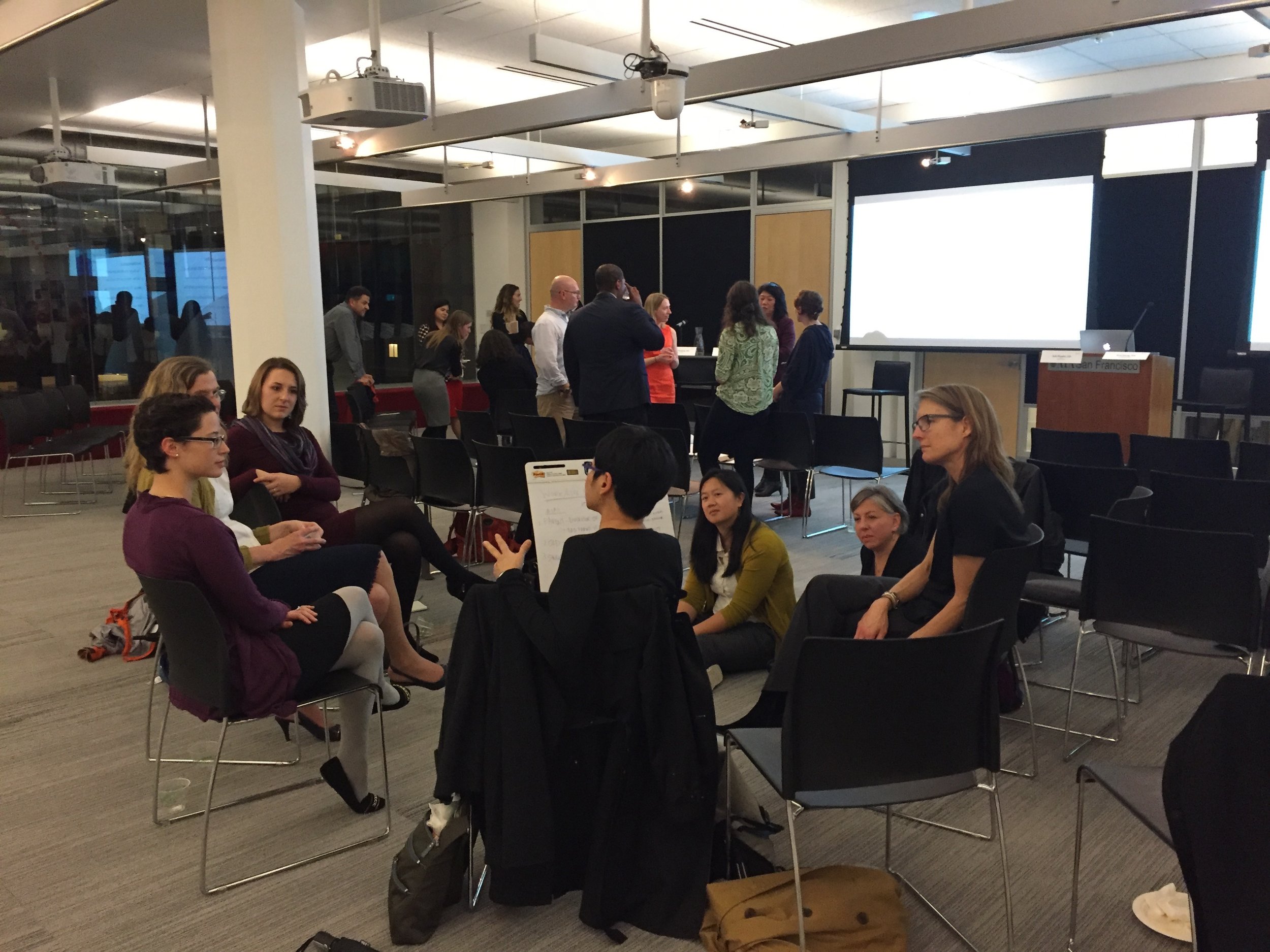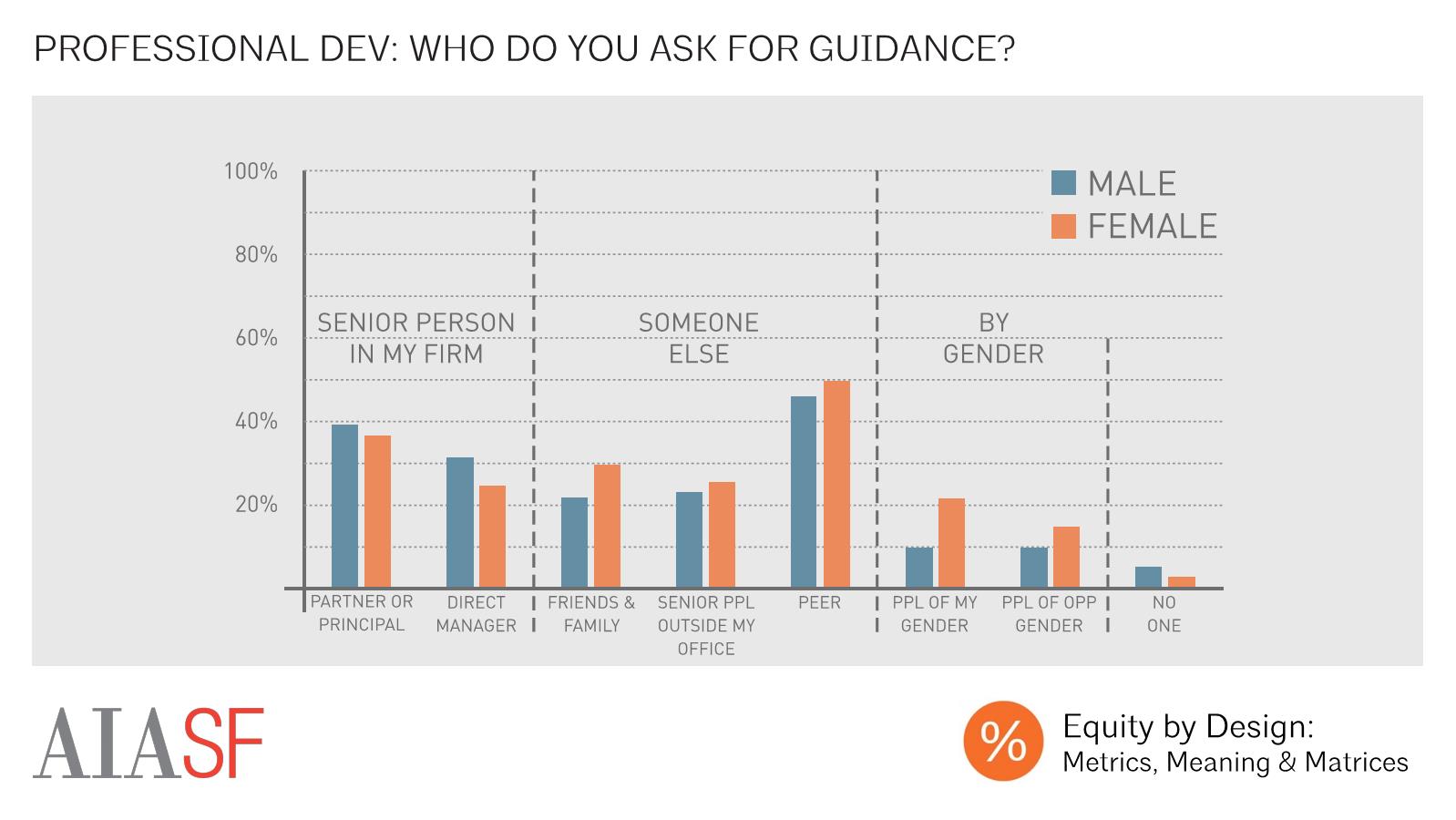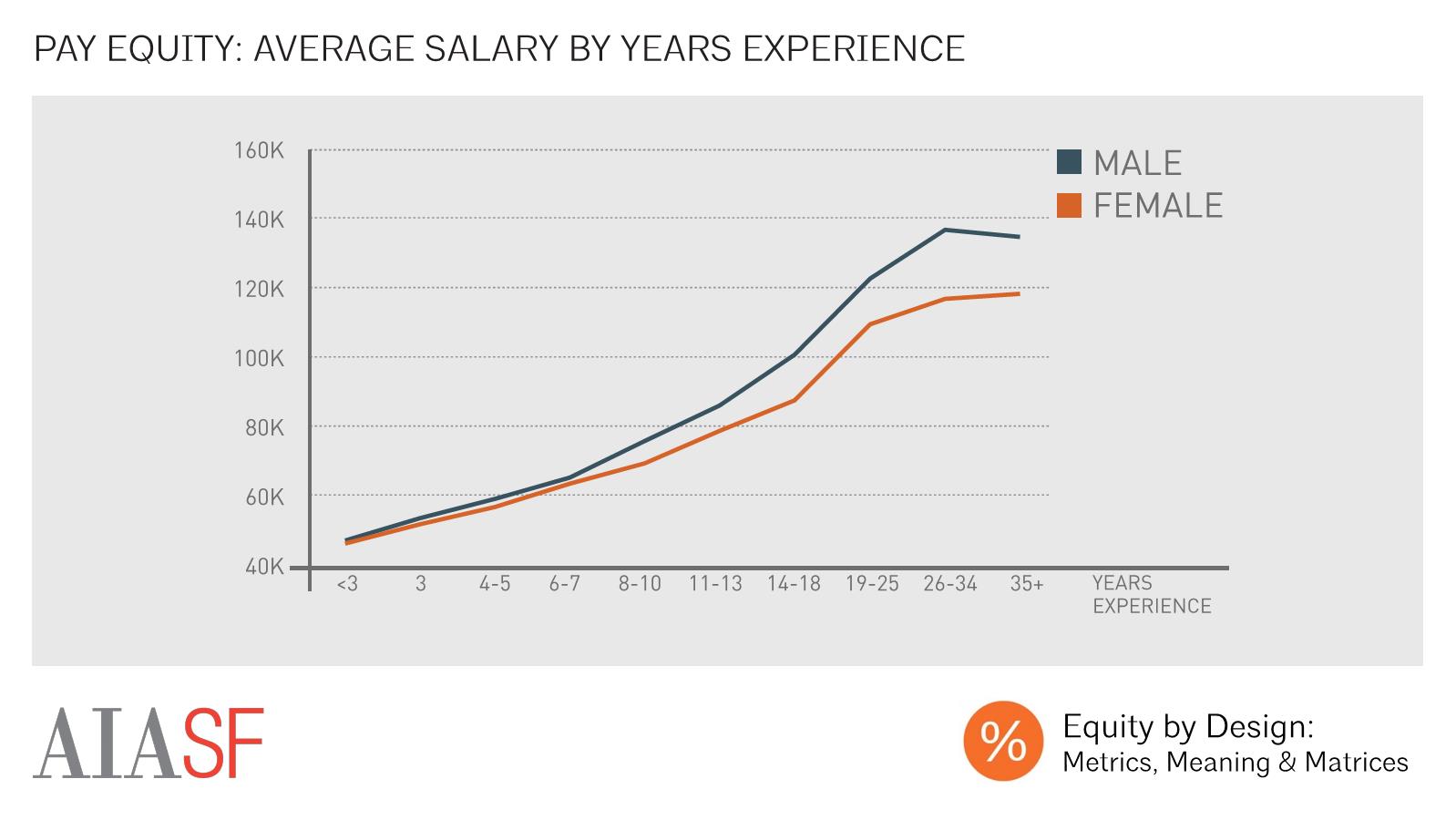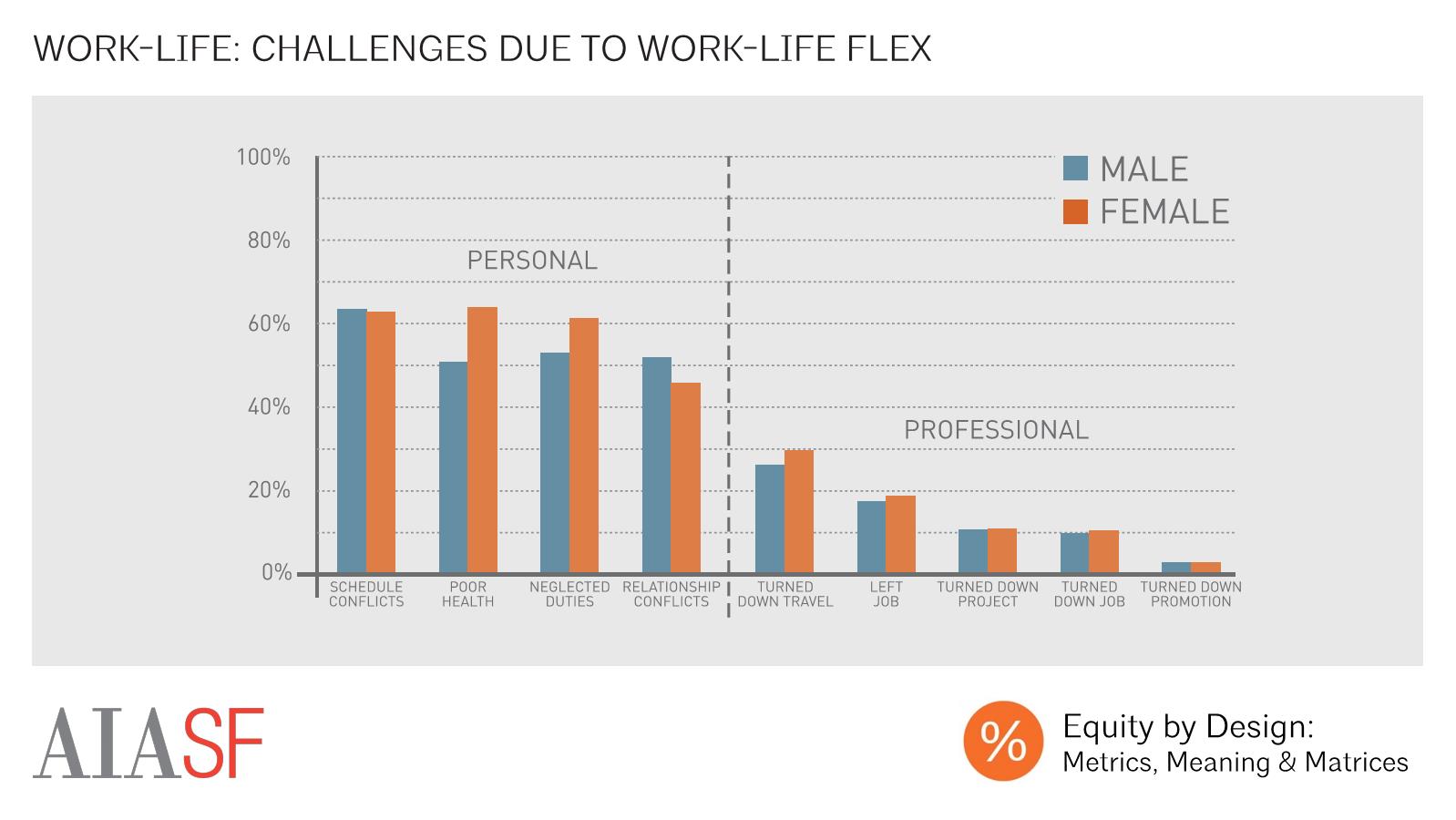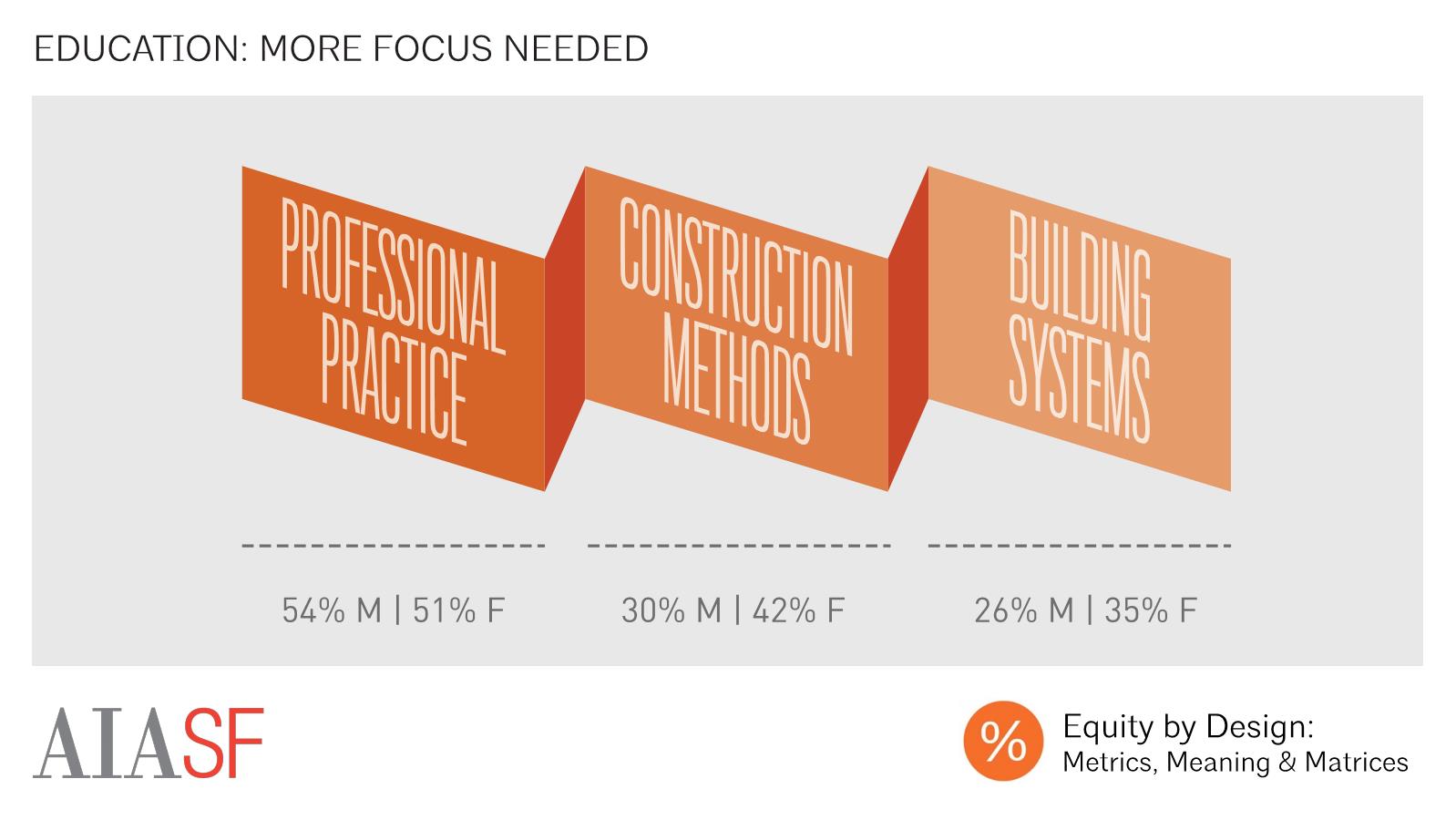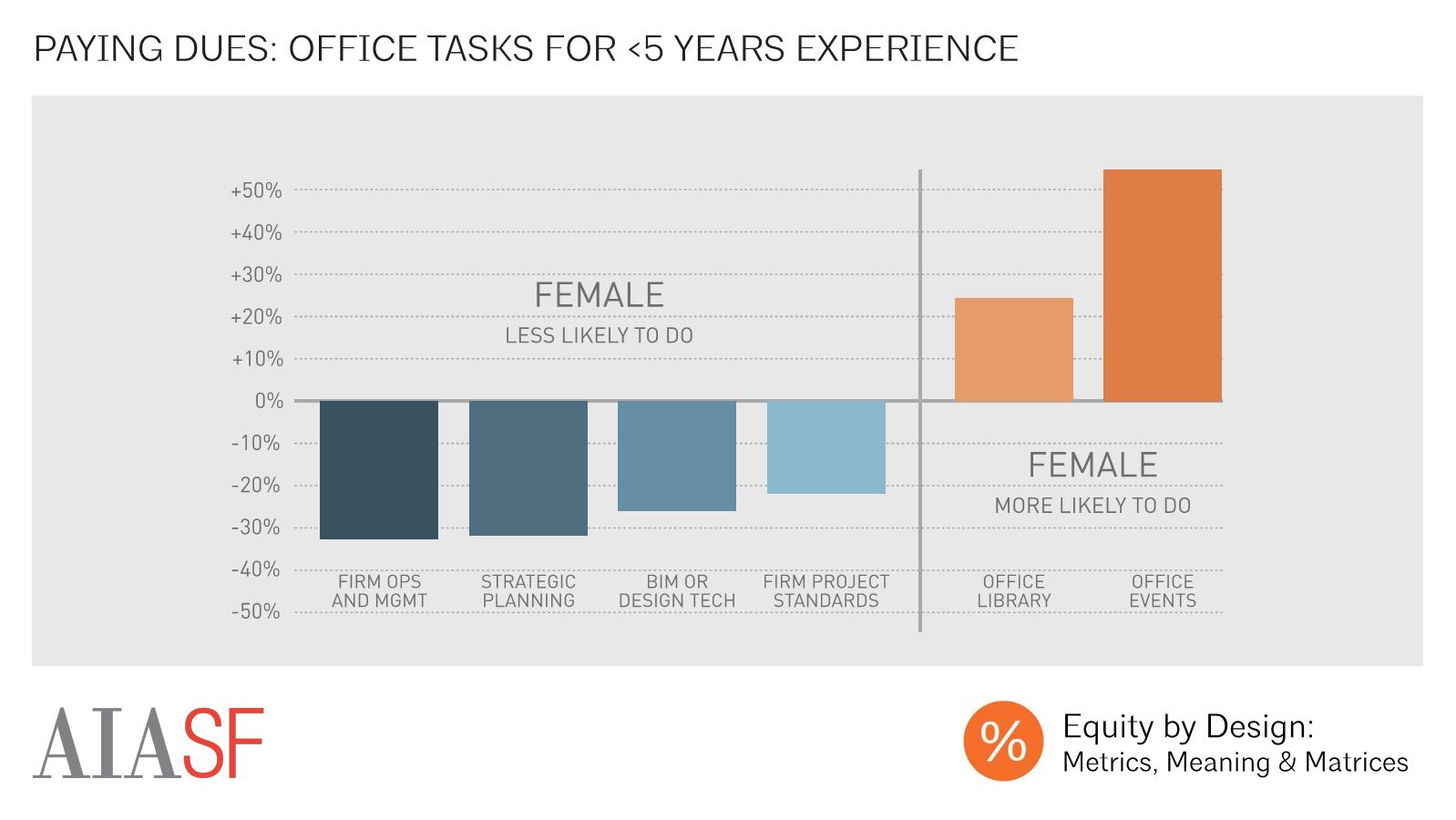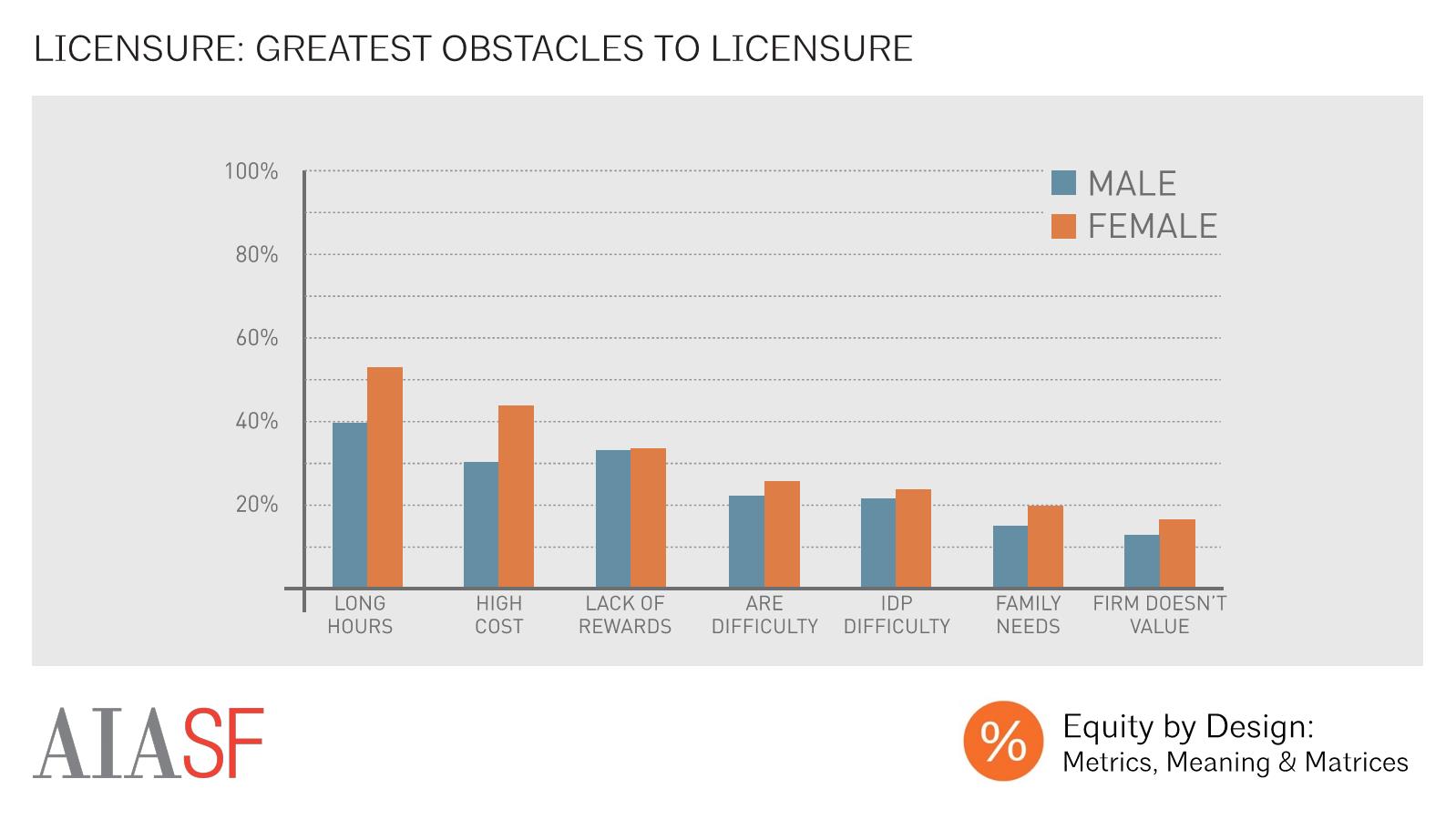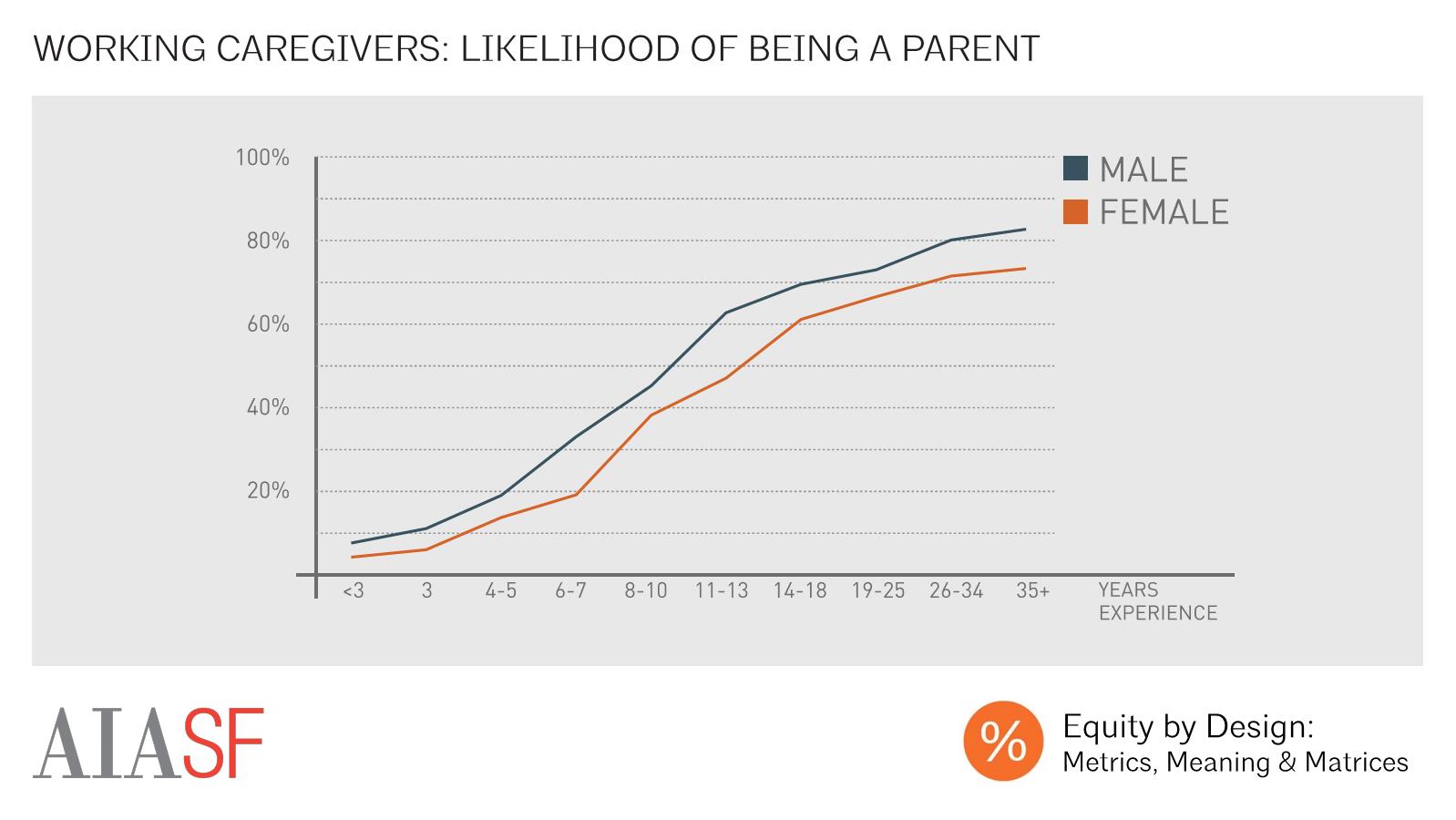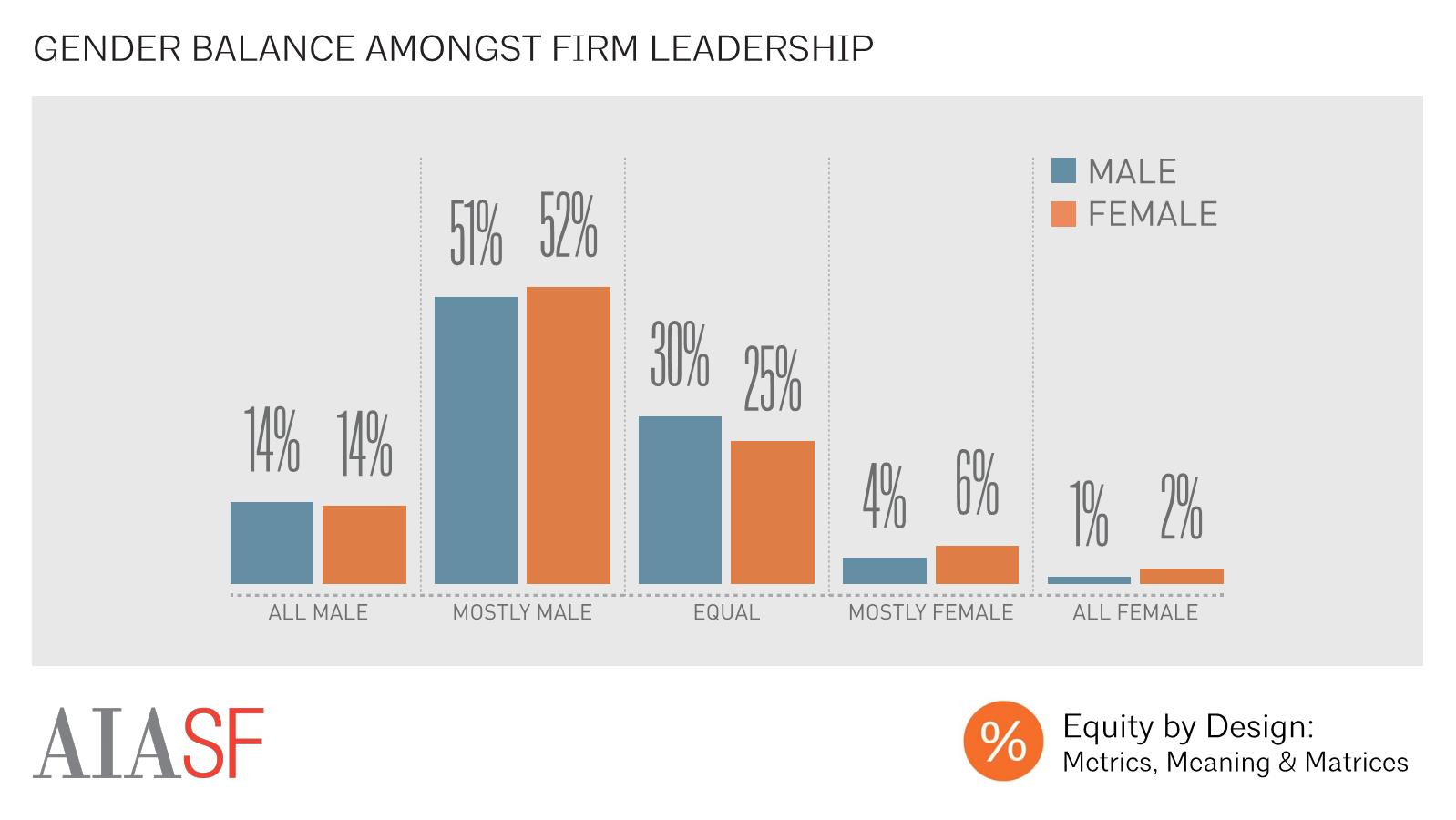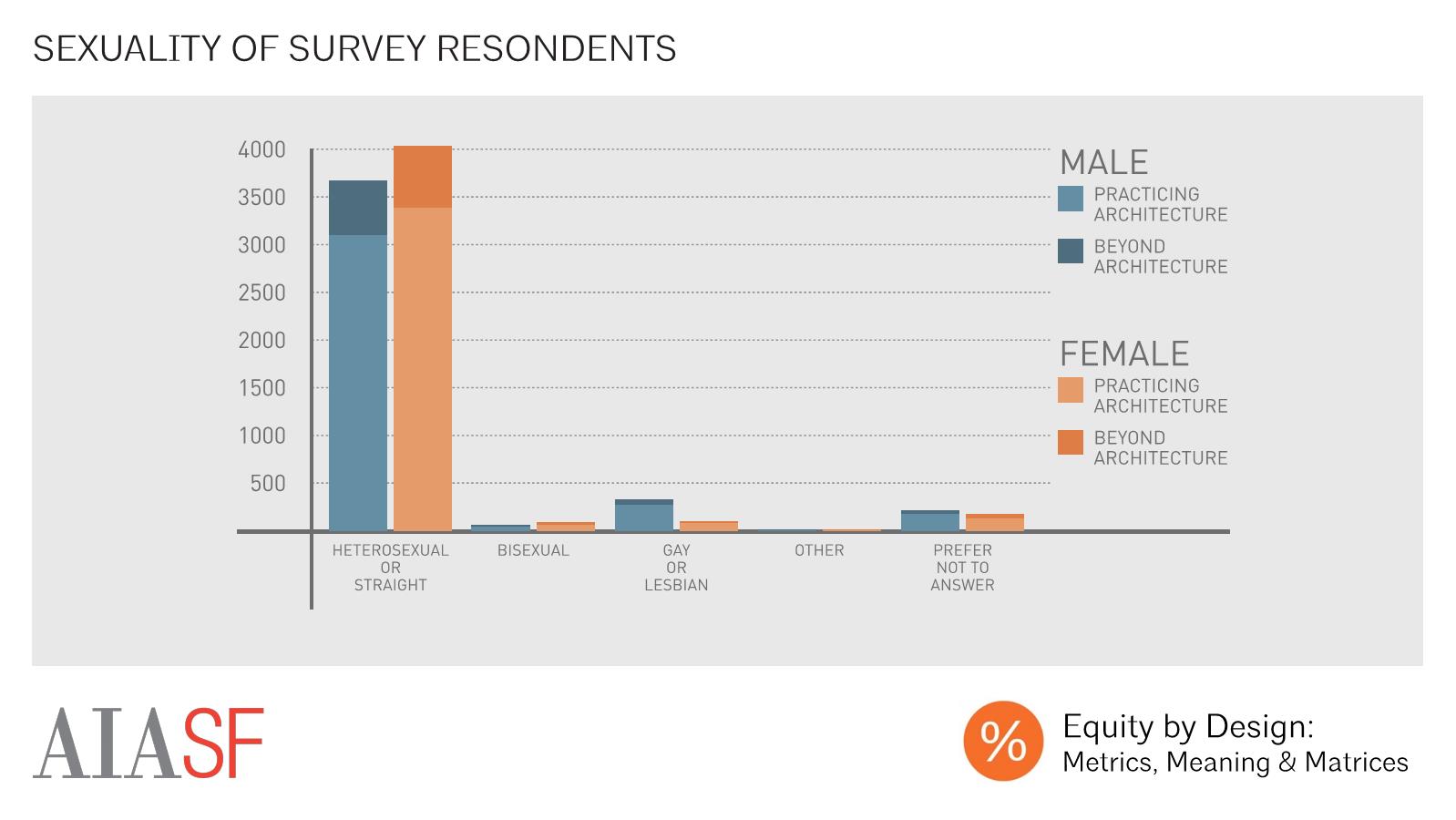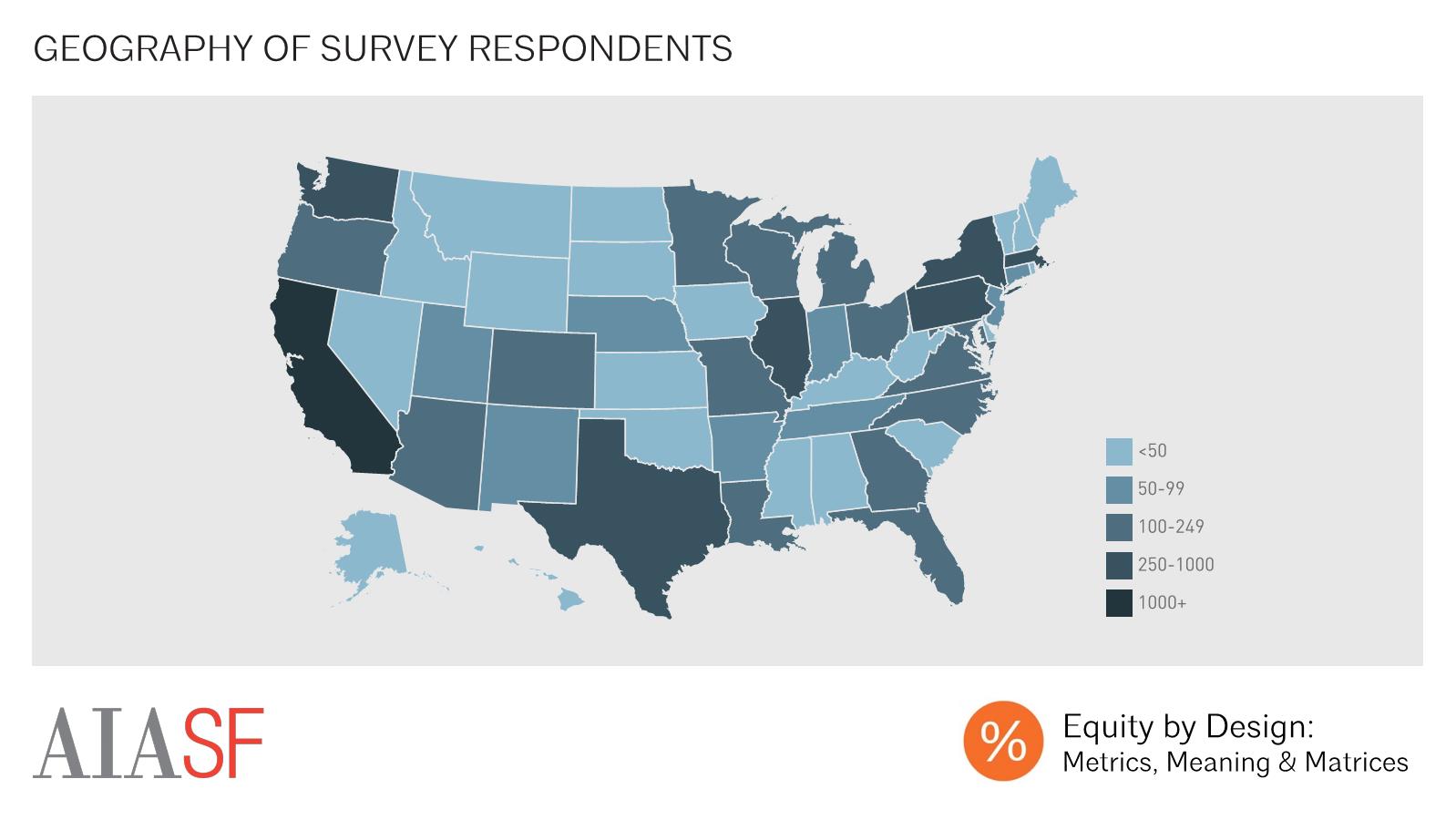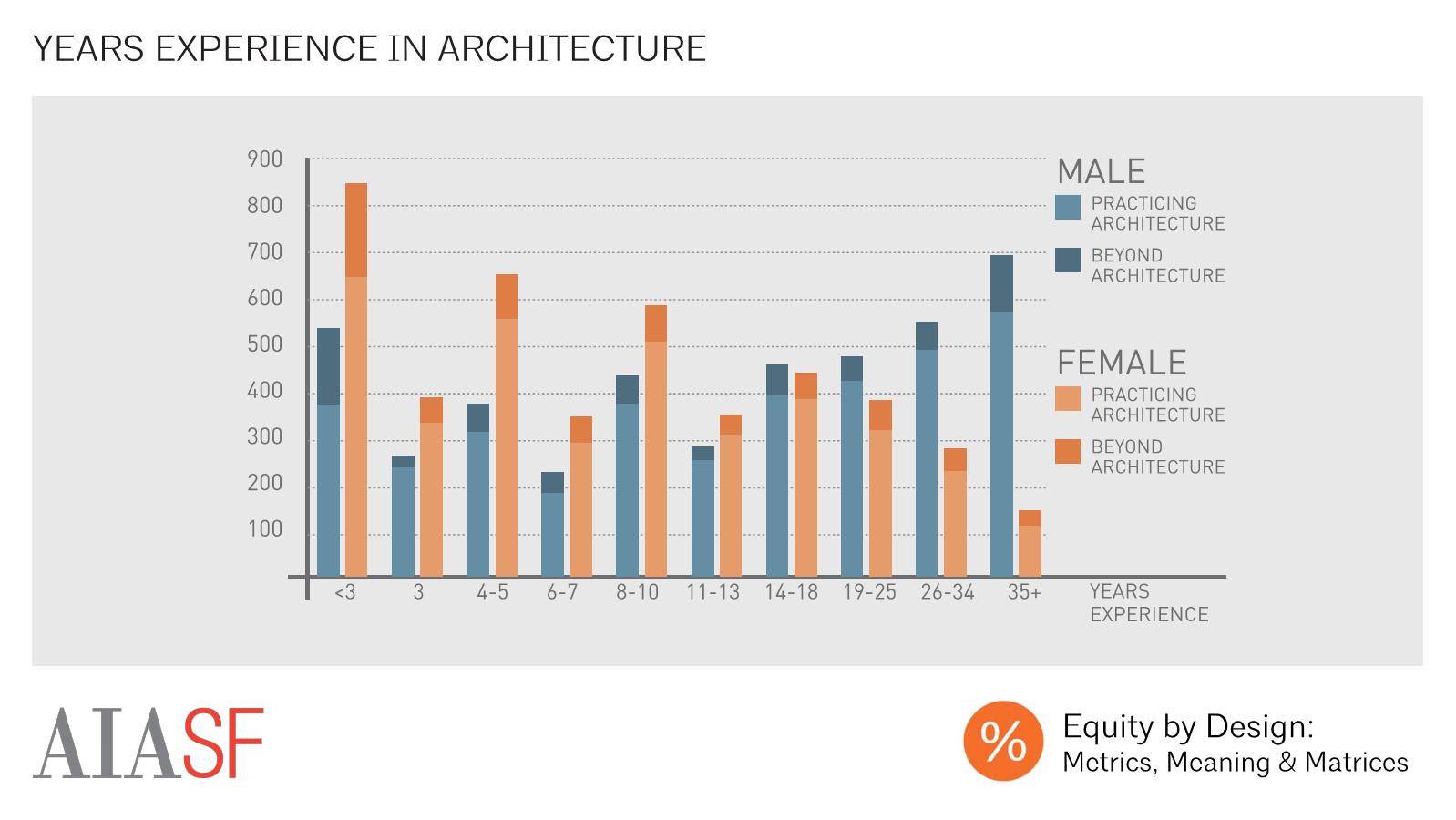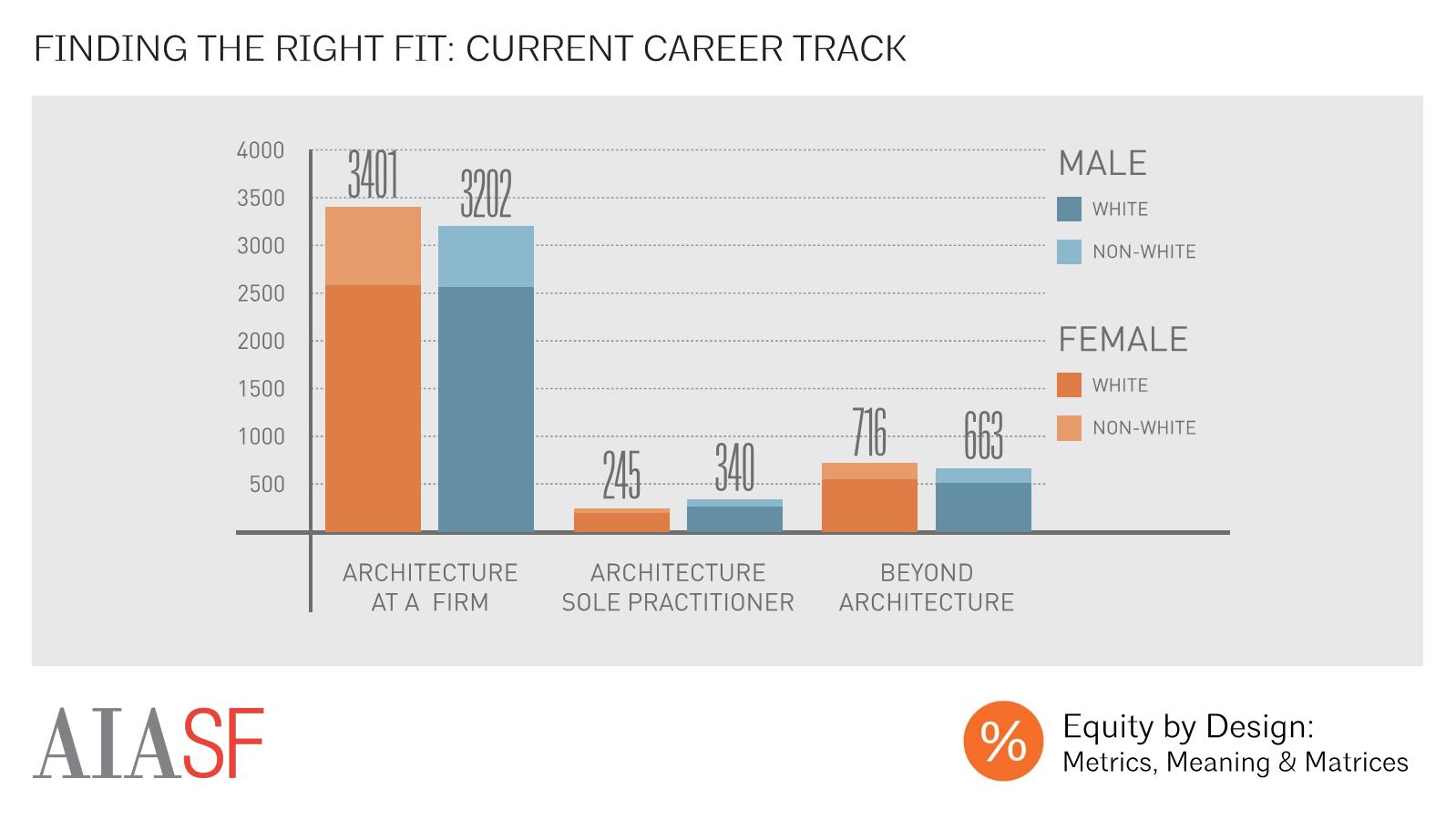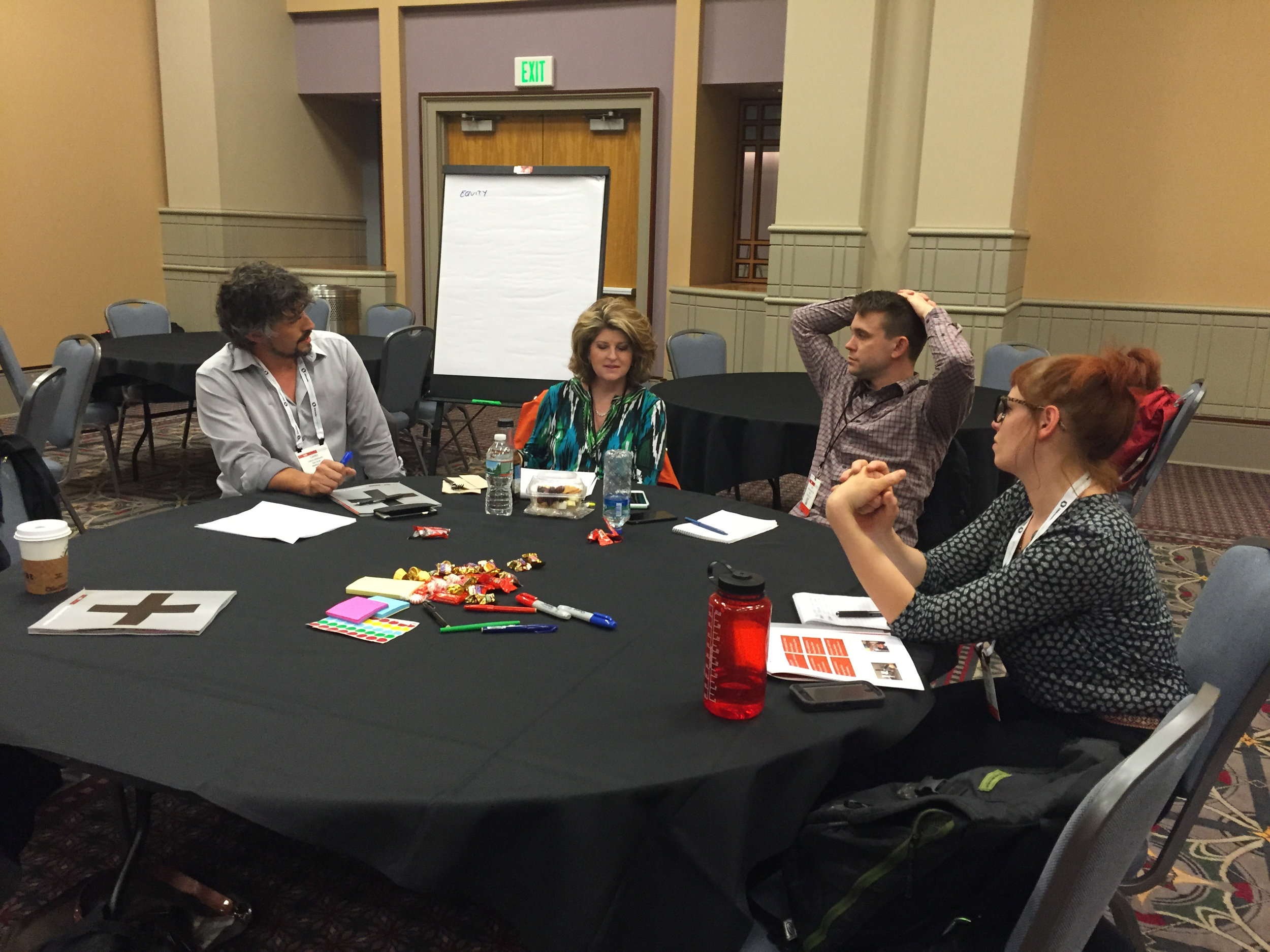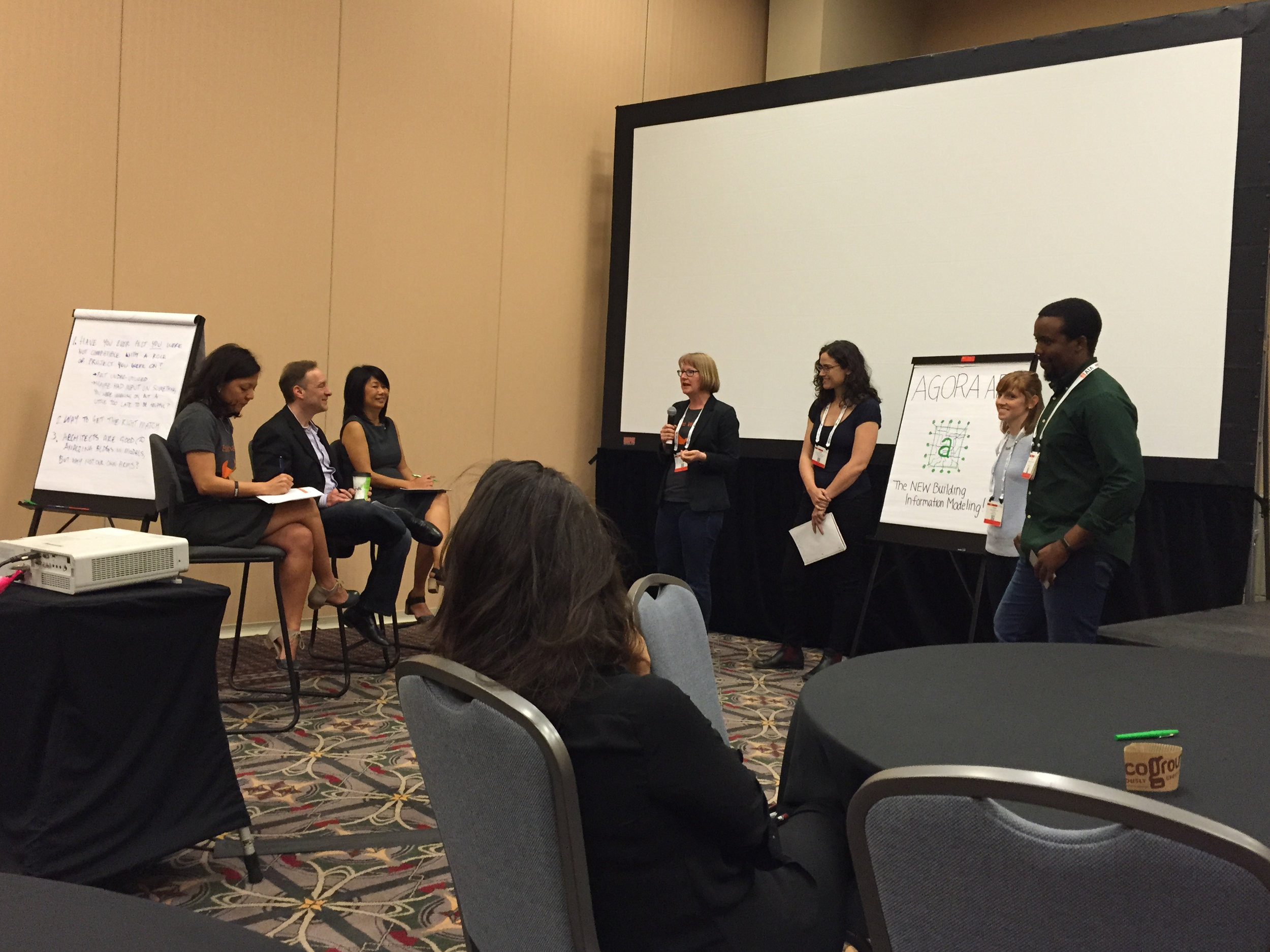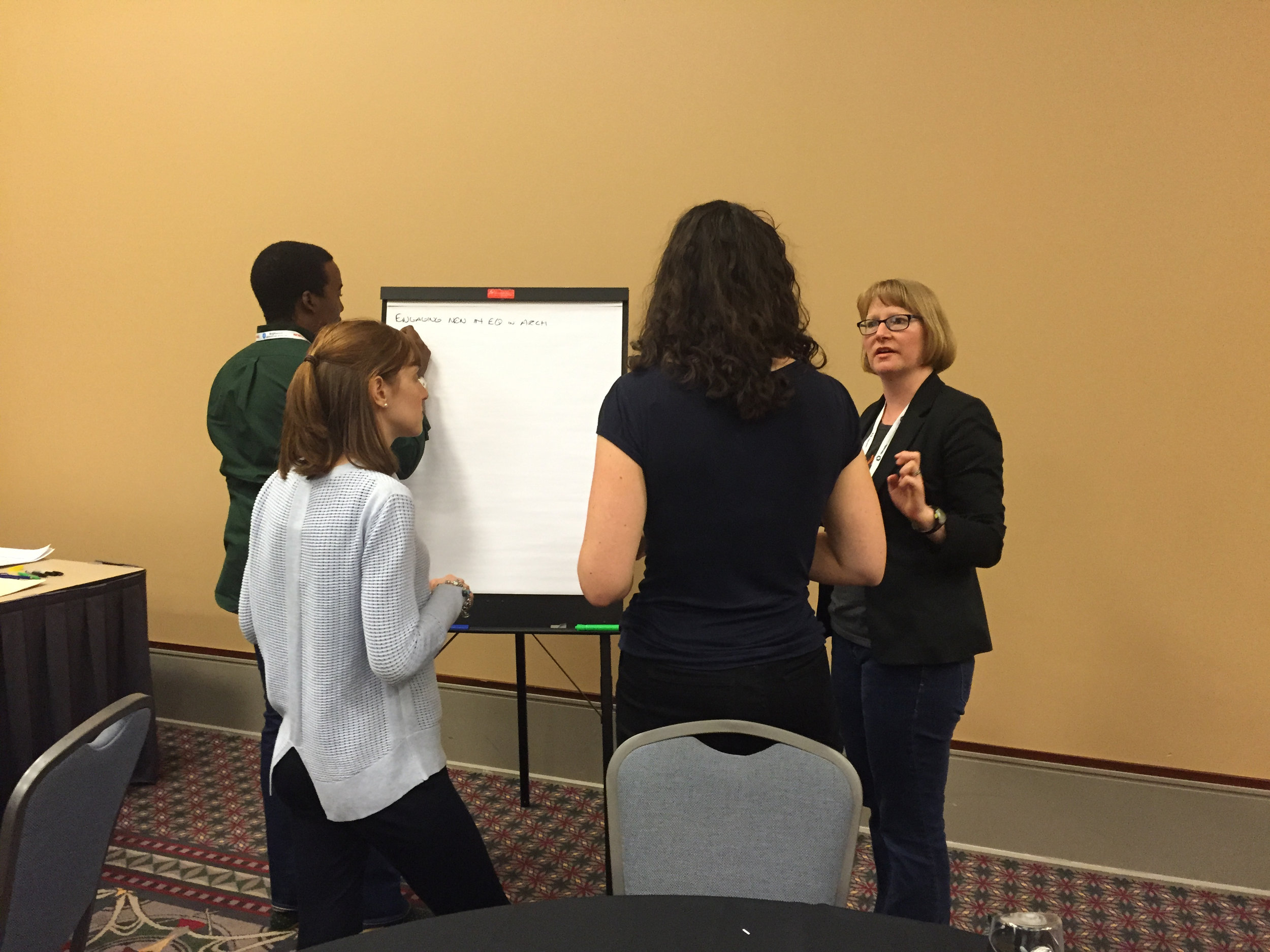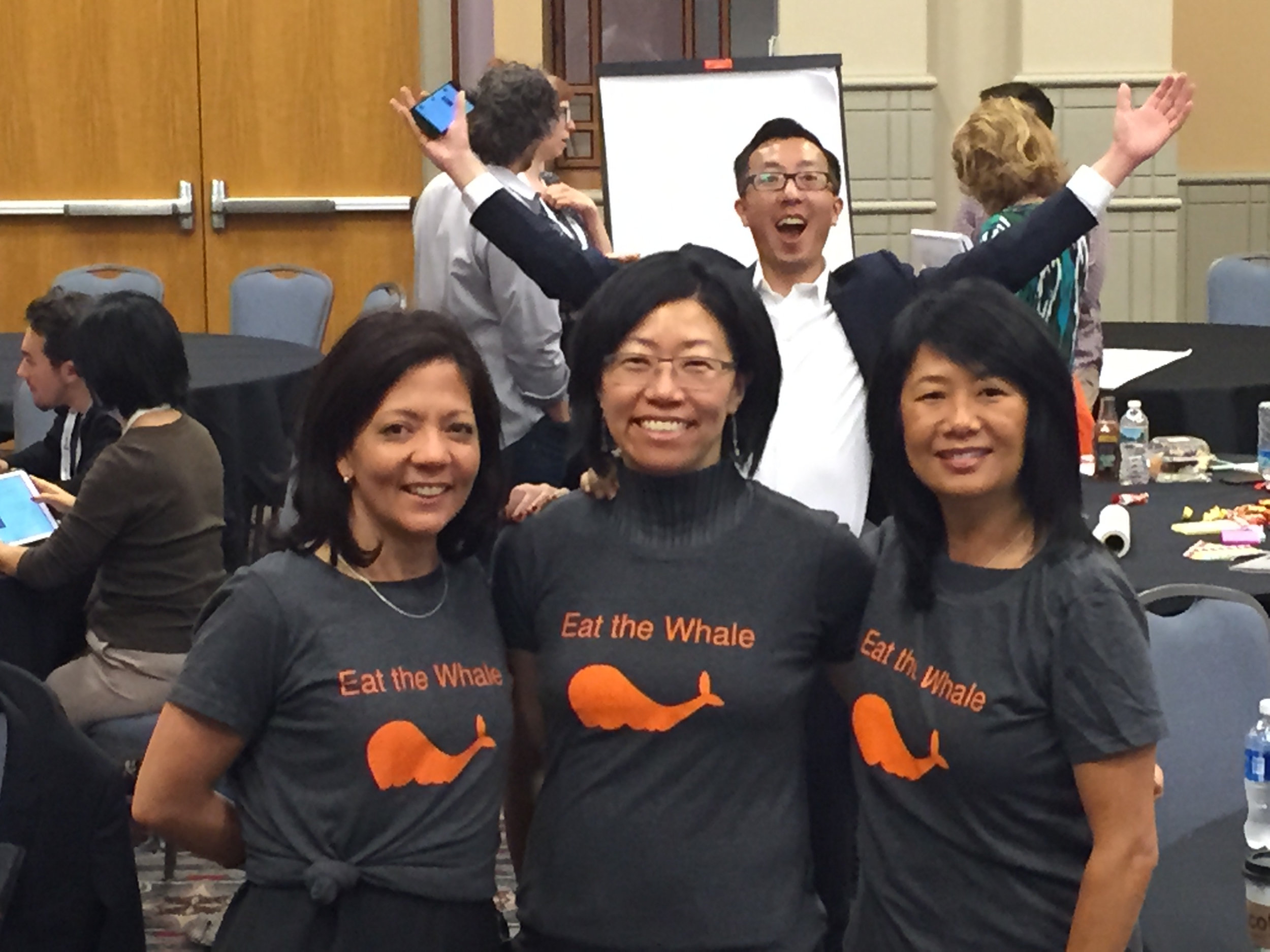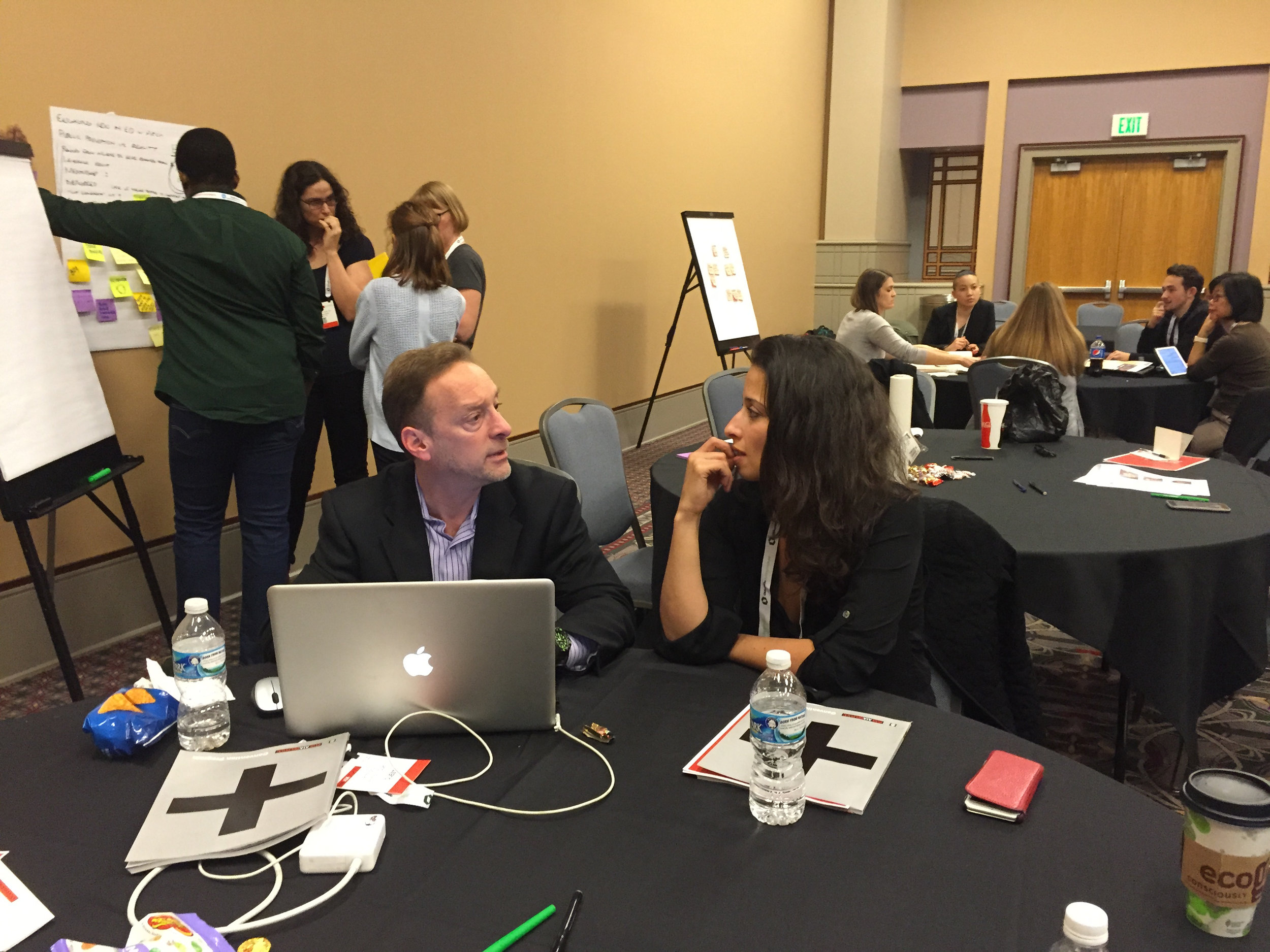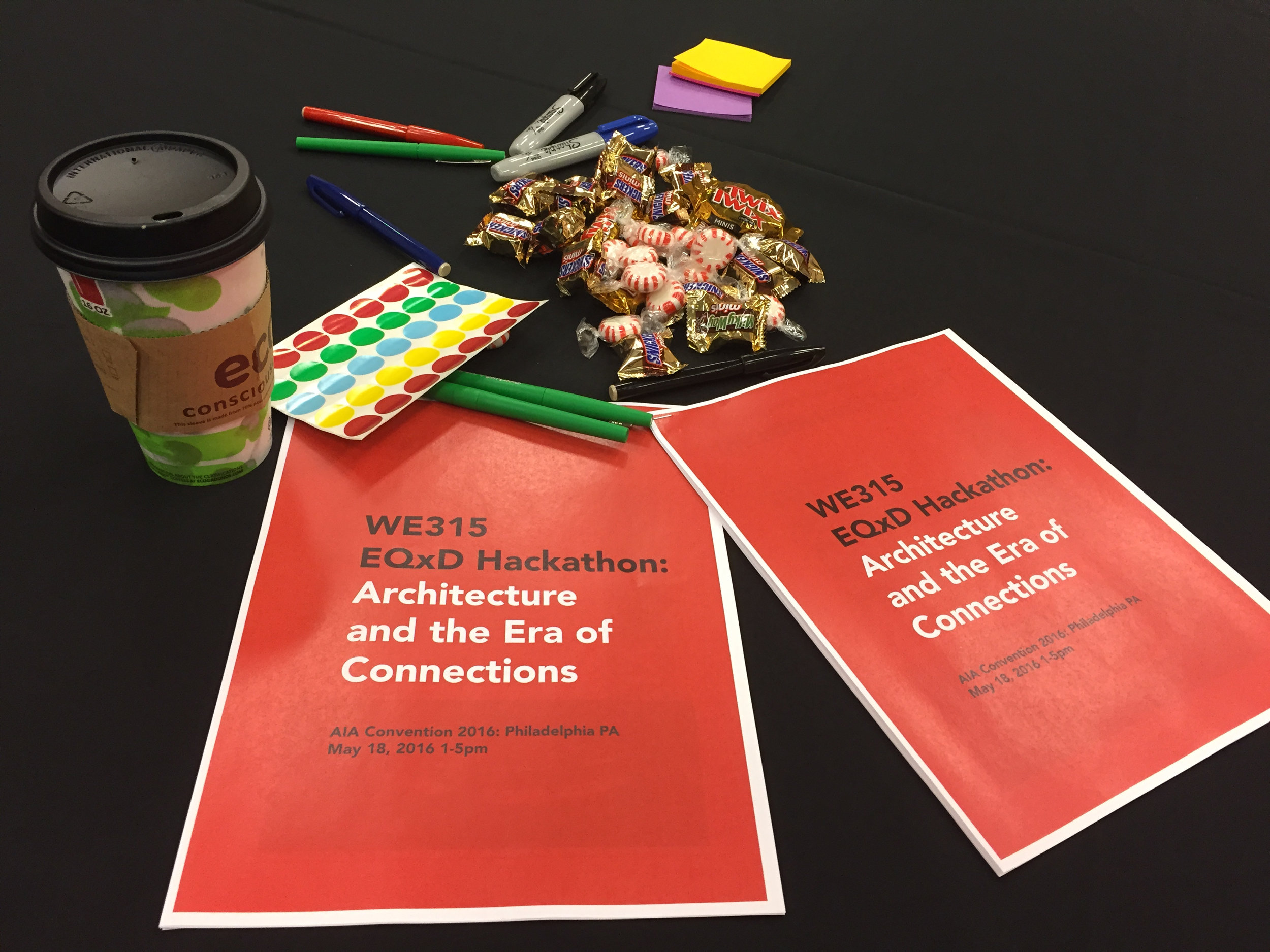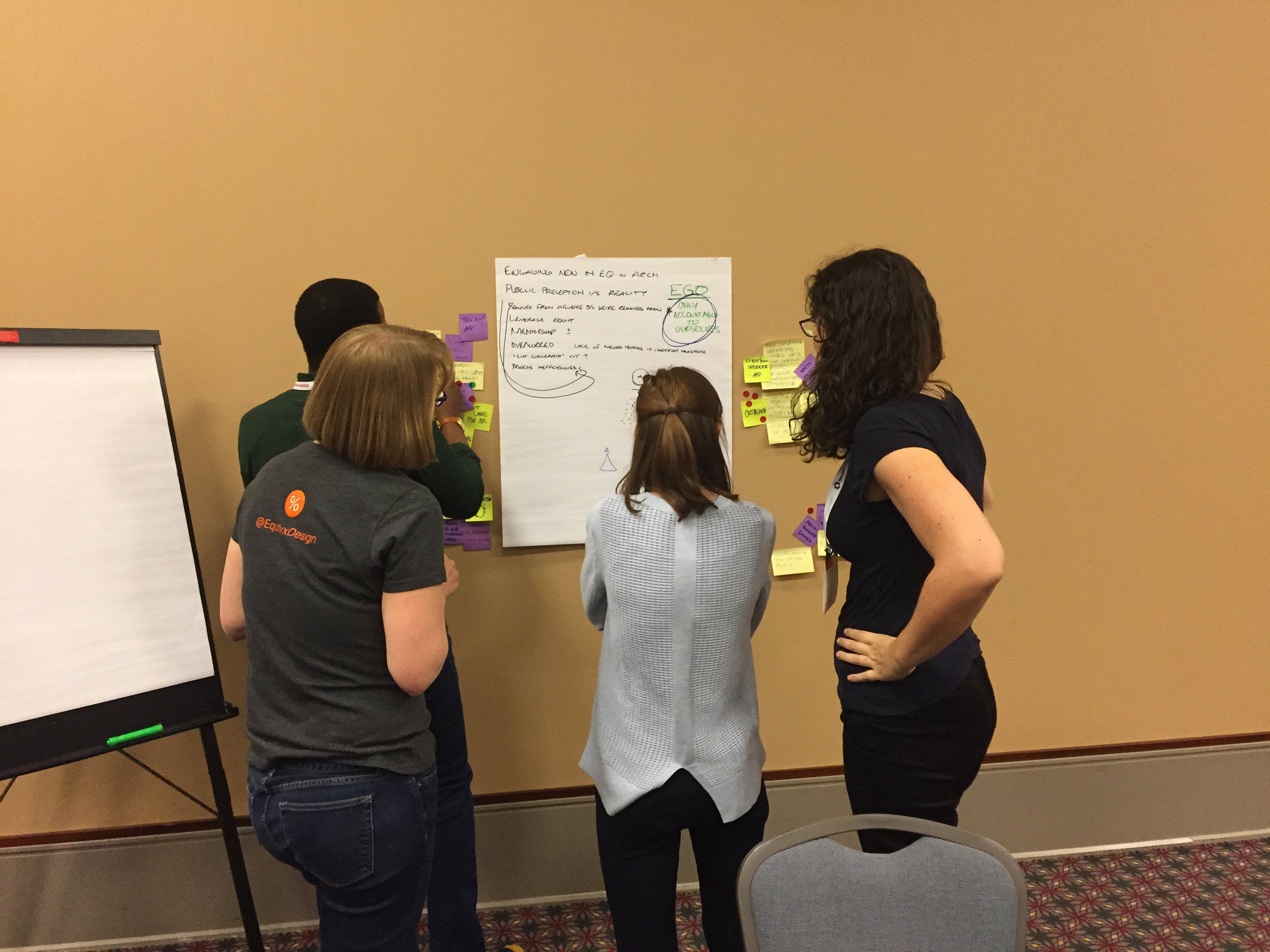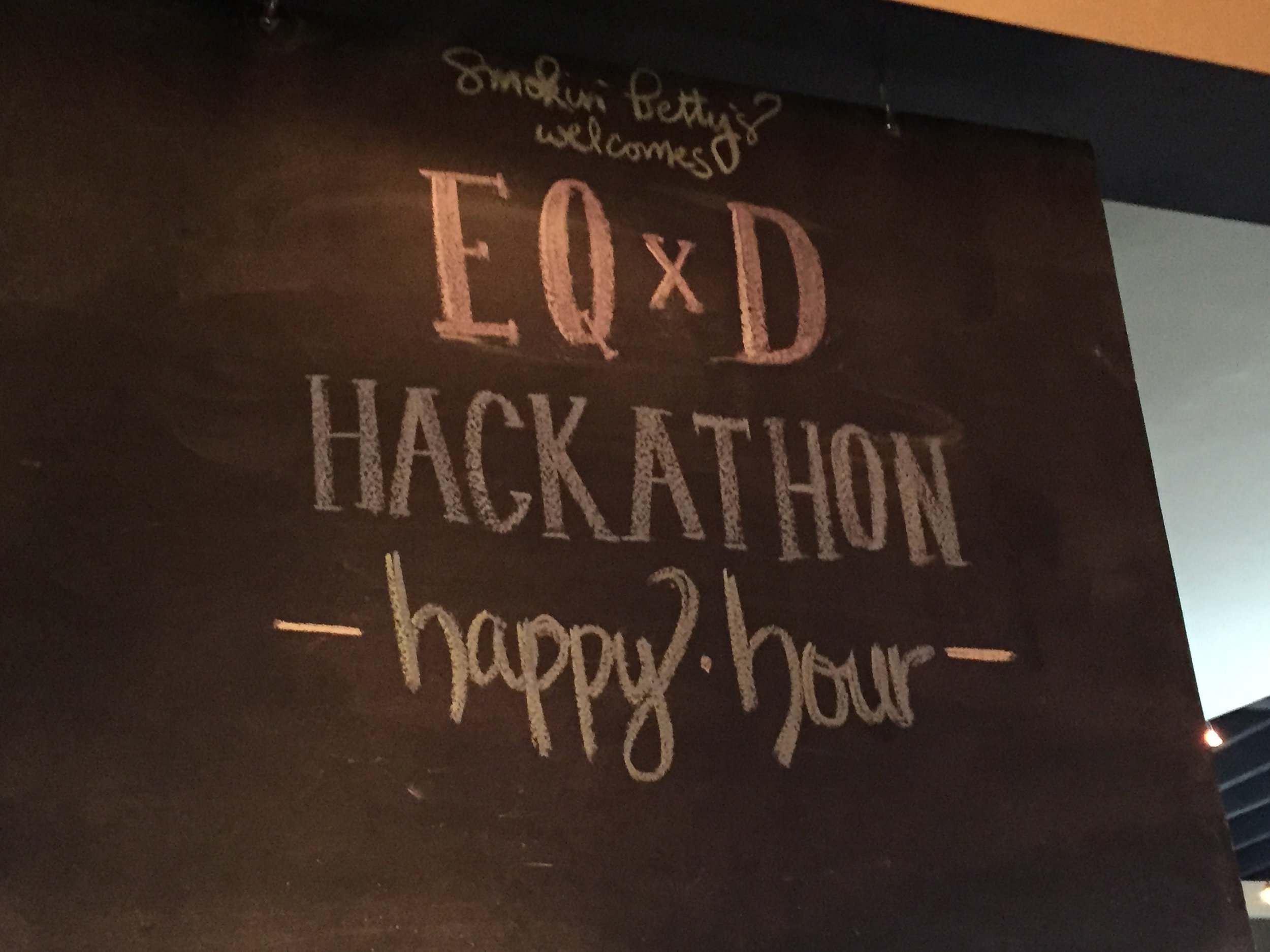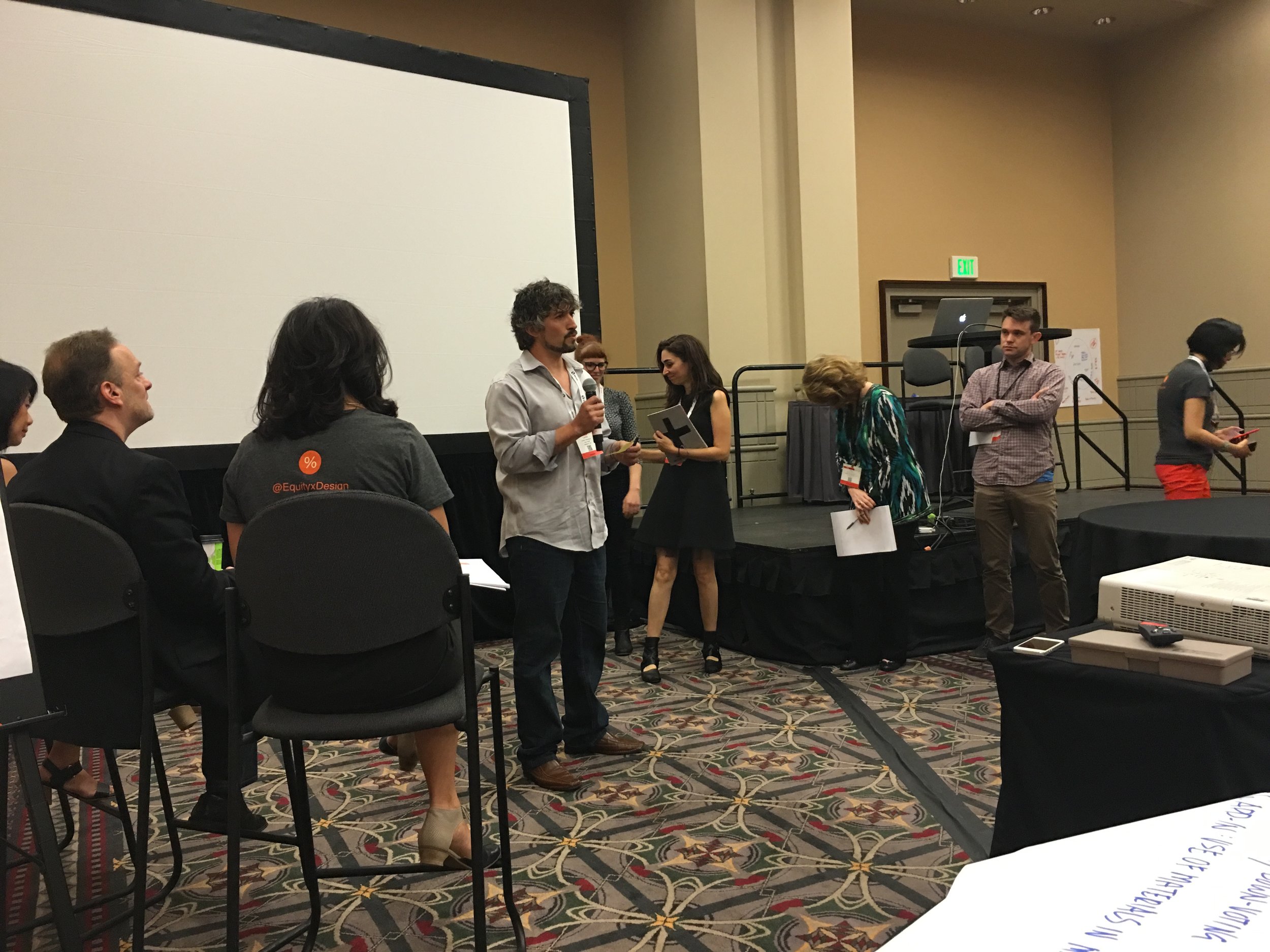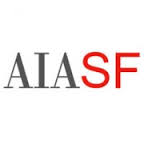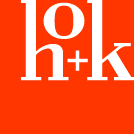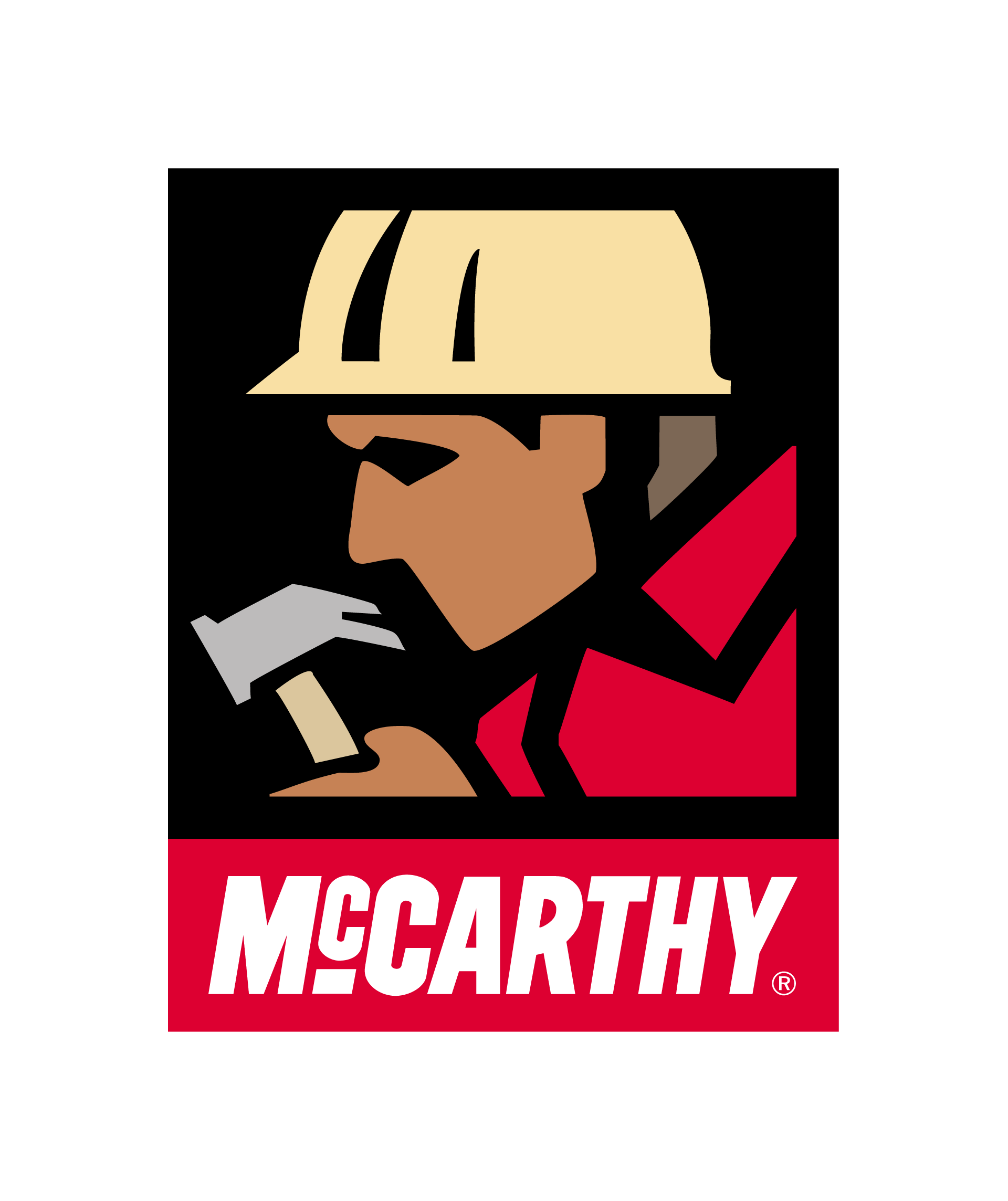There. I said it. Boom.
By Sharon Portnoy, AIA
But, wait, you’re thinking. Me? How could I be prejudiced? I’m a well-educated, forward-thinking Bay Area resident, a member of an historically persecuted minority, and a card-carrying member of the ACLU! Heck, my formative years were spent memorizing the soundtrack of “Free to Be, You and Me!” I’m not prejudiced! Like so many others who are speaking, marching, writing, dialing, and donating, I feel deep in in my bones that now, more than ever, we must work urgently to promote values of equity, diversity and inclusion in actions large and small, revolutionary and incremental. But to do this, we must recognize bias not just in what’s outrageous, but in what is ordinary.
Let me explain. Overt examples of racism, sexism, homophobia and many other and -isms and -phobias are easy to see, to name, and to call out. We all know that it’s wrong to discriminate against people based on their age, ethnicity, or gender-identity, and we can institute policies to protect against these abuses. But have you ever, just for a split-second, assumed that the man in hospital scrubs was a doctor, and been brought up short when it turned out that he was a nurse? This is an example of implicit bias, one of many that were exposed, explained and examined last week at the Equity by Design workshop on Implicit Bias at AIA SF. Implicit bias is the invisible lens through which we see the world, the unconscious assumptions we make based on what we’ve absorbed from our culture over the years, and sometimes over generations. It’s the water we swim in, the air we breathe.
The workshop began with a series of slides designed to expose the often-misguided snap judgements and assumptions we make based on appearances. Who knew that the guy who looked like a nightclub bouncer, all biceps and tattoos, was actually the mayor of a Pennsylvania steel town? Or that the respectable looking gentleman in a white lab coat who could have passed for Marcus Welby, M.D., was actually a notorious fraud? We learned, in case after case, just how much unconscious prejudice we all carry with us. I, for one, am quick to name and point out bias when I see it in others, but it’s considerably more challenging to recognize and confront it in myself.
The indefatigable Rosa Sheng, a founder of Equity by Design and one of the workshop’s organizers, explained the brain science behind implicit bias, and Julia Mandell, the organizer of the 2016 EQxD Symposium, asked probing questions of four remarkable panelists, each of whom has channeled their understanding of and experience with implicit bias into the work they do. After a short break, we worked in smaller groups to practice identifying and naming implicit bias in a variety of scenarios and to propose solutions and strategies for correcting it.
In a world where everyone is shouting, #EQxDisrupt Implicit Bias Workshop's thoughtful conversation was both a welcome respite and an energizing forum. Each of us in the audience was there to learn about implicit bias so that we can work towards building a more equitable workplace in architecture and allied fields. It was encouraging to learn, both from the panelists and from our group work, just how much can be done to address implicit bias. Small gestures, like asking instead of assuming, or pausing to examine one’s own bias before reacting to a situation can go a long way to build awareness and to promote understanding of oneself and others. Approaching clients and co-workers with an attitude of openness, curiosity, and genuine interest are habits of mind that can and should be cultivated. To learn more about implicit bias and to test and uncover some of your own implicit biases, check out the links below.
and stay tuned for more resources from Equity by Design.
http://kirwaninstitute.osu.edu/research/understanding-implicit-bias/
https://implicit.harvard.edu/implicit/takeatest.html
https://www.nytimes.com/2016/12/09/opinion/sunday/the-roots-of-implicit-bias.html


